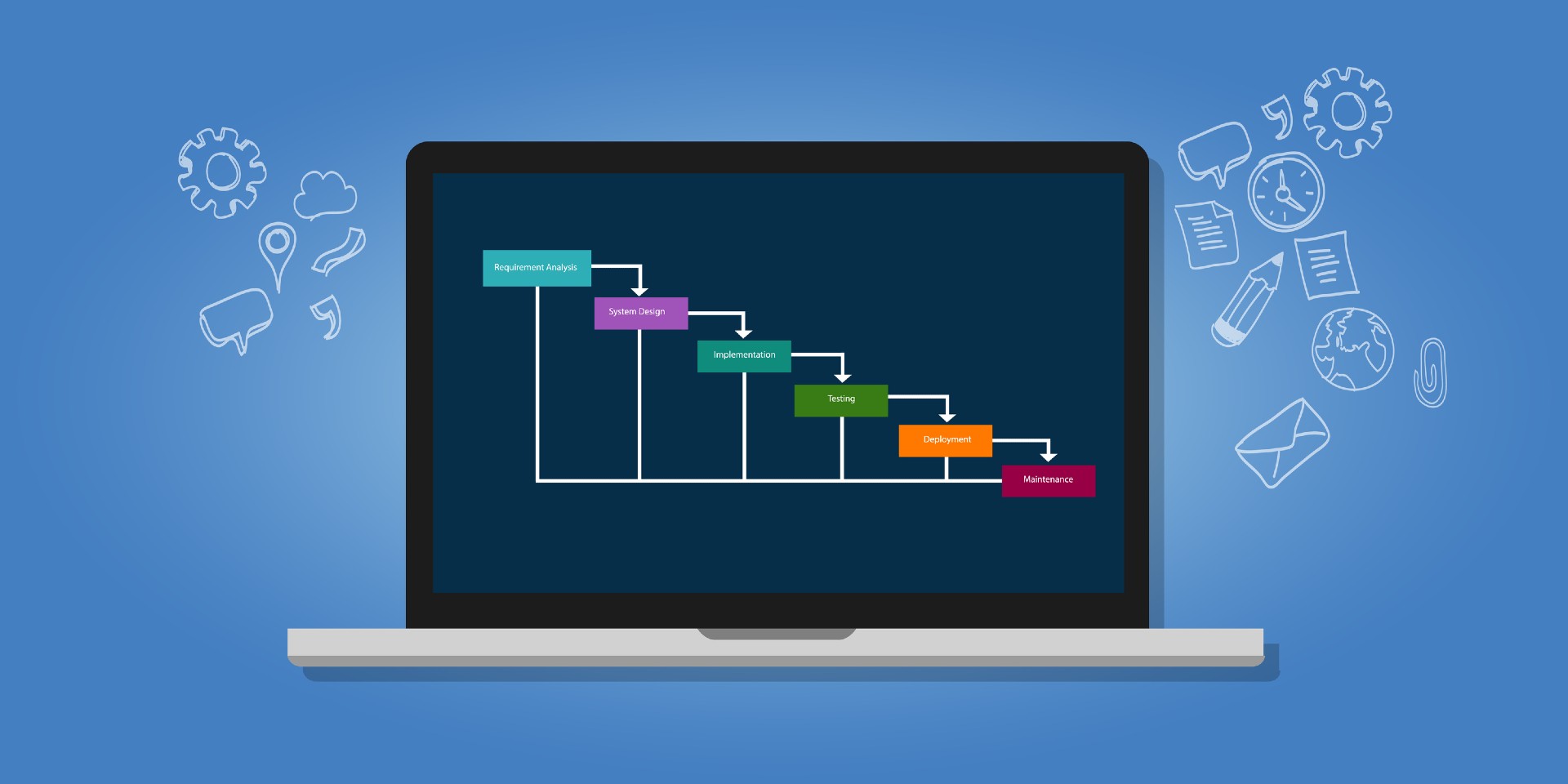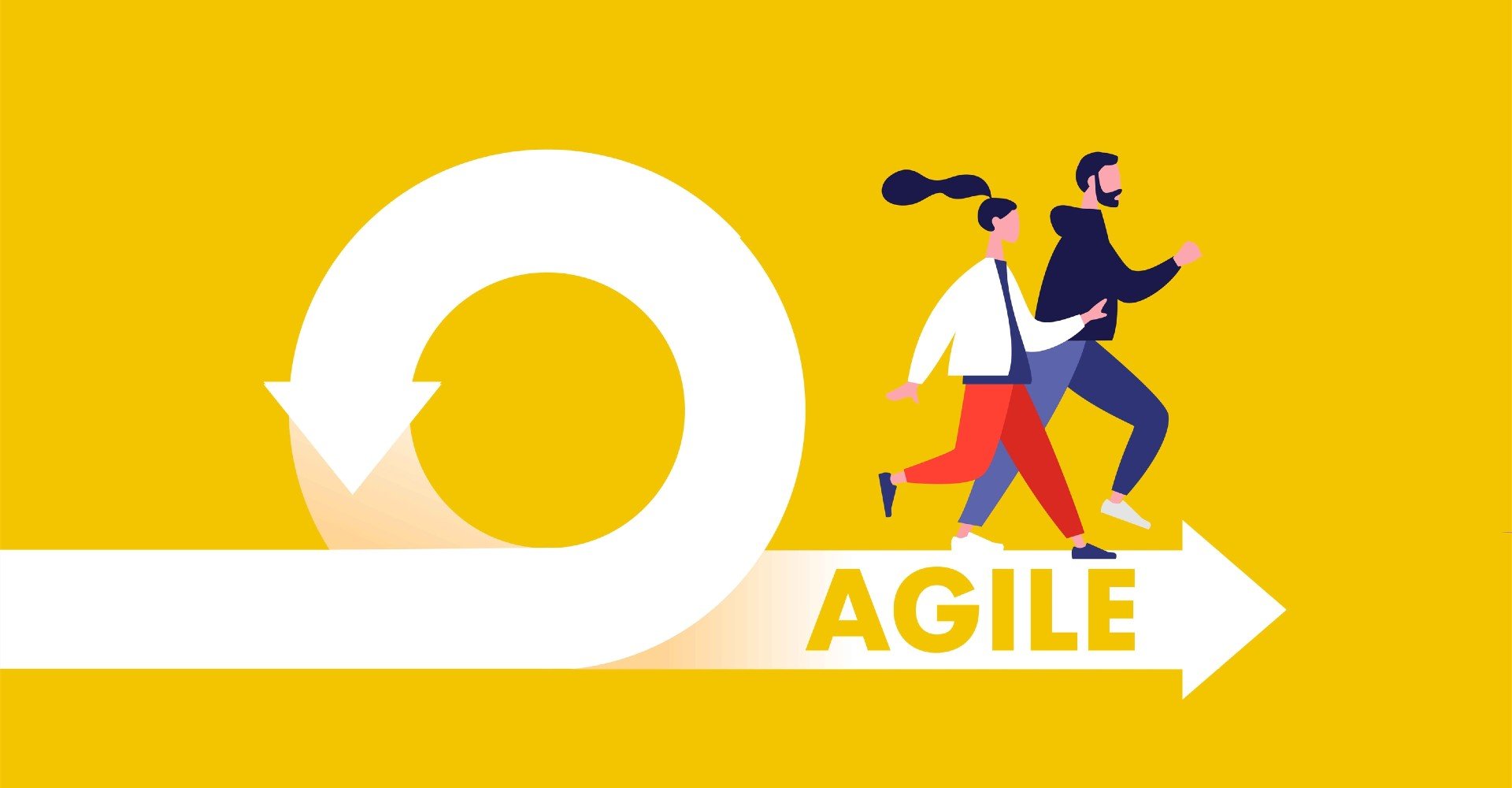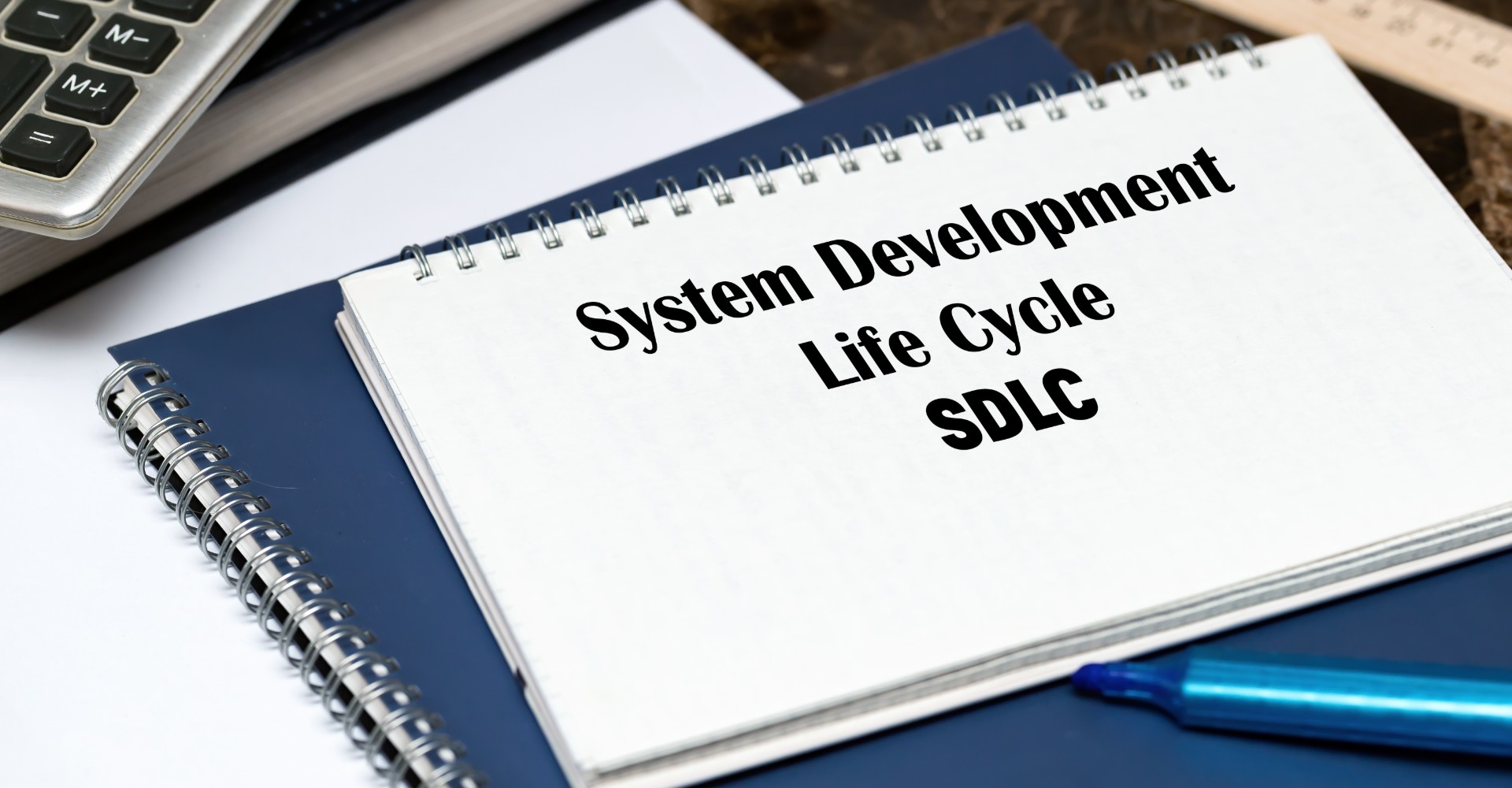Since the software development process is often long and involved, companies like Bydrec utilize a system development life cycle to organize a project with greater efficiency and quality. A system development life cycle (SDLC) is a project management model that employs system development strategies and oversees a project from conception to employment to general maintenance. Any top tier company such as Bydrec understands why cycles of system development are important: they involve feedback, collaboration, address immediate demand, and build toward client demand while reaching as many users as possible. This is what it means to think like a global software company. Read on about how a system development life cycle similar to the one Bydrec uses can lead to a better interface and more viable product. In addition, you will understand how Bydrec’s emphasis on adaptation will aid in your company’s long-term stability and sustainability.
Recent Posts
Topics: sdlc methodologies, system development life cycle, project management, software development company, Think Like a Global Software Company
eCommerce has impacted the world, giving rise to new business ventures and increased competition. The term "system development life cycle," or SDLC, is frequently tossed around when discussing an eCommerce site software development process. Still, many people have only a vague idea about what the process entails.
Topics: sdlc methodologies, system development
Since the first software was developed in the 60s, the SDLC (Software Development Life Cycle) has been the primary model used by developers. Given its long-lasting dominance, it’s important to understand how the SDLC process actually works, as well as how it's changed over the years. So, here’s a quick review.
Topics: software development, sdlc methodologies
Are you an IT project manager who’s planning to develop a project? If not now, do you ever see yourself managing a team in the future? Look no further, we're here to help. Read on as we discuss the most frequently asked questions regarding the system development life cycle.
In a day and age where technology is part of everything people engage in, software development has become a key component for improving our lives. SDLC Waterfall Model is one of the approaches used for software development. Aside from being the pioneer SDLC model, software engineering experts choose it because it’s easy to understand and use. So, when is it right for your team? Here are the signs that Waterfall is the right fit for your project.
Topics: sdlc methodologies, waterfall approach
Many companies are aware of Agile software development methods. It’s the preferred option for most teams because it can continuously deliver promising results. The ability to customize features within such software and to make changes allows any business to gain significant value from it.
With Agile, businesses also get the flexibility they need. Each business is unique, and a program that can address those specific elements is important. The ability of Agile concepts to efficiently develop software for a wide variety of realms with amazing features is fascinating. Yet, this process didn’t just materialize overnight.
The history behind the Agile software development life cycle is worth taking a closer look at. Each step in this development process is important for reaching milestones. The process has also solved various problems as they come along. And with changes to technology and consumer demand, new challenges emerge all the time.
Are you a business owner with no idea which SDLC methodology best suits your needs? This uncertainty is fairly common among startups. There are several SDLC methodologies to choose from, and it can take some time to understand each of them. Although it might be time-consuming and tedious, it’s highly crucial for the success of your company.
SDLC methodologies matter because they indicate the software development process a startup should follow. As someone who’s new to the industry, it’s a risk to choose a methodology. Established companies may have the capacity to do trial-and-error methods, but most startups can’t risk funding something without results. Startups need a method that allows them to quickly produce software, and benefit from returns as they continue to make upgrades. So, how should you start? Understanding the different methodologies will put you in a better position to select the best option for your startup.
Topics: sdlc methodologies, agile methodology
For lightweight, small-scale programs, manual development is often sufficient to meet necessary deadlines. However, companies often struggle to release a high-quality, glitchless software that follows all the required guidelines, especially within a brief time frame. In these cases, even properly adhering to several SDLC phases might not be enough. But thankfully, some of them can be automated to save time on manual labor.
Here’s what your team should be automating.
Topics: sdlc methodologies, automation testing
Each phase of the SDLC methodology has its own processes and deliverables that feed into the next phase. The entire methodology is divided into seven system development life cycle stages:
- Requirement collection and analysis
- Feasibility or Requirements Analysis
- Design and Prototyping
- Software Development (Coding)
- Software Testing
- Installation/Deployment
- Operations and Maintenance
Stage 1: Requirement Collection and Analysis
The requirement stage is conducted by a senior team member, with additional input from stakeholders, the sales department, and domain experts within the industry. This information is used to conduct a product feasibility study in the operational, technical, and economical areas. During this stage, the team is given a clear picture of the project’s scope, along with its anticipated issues and opportunities.Stage 2: Feasibility or Requirements Analysis
Once the requirement stage is complete, it’s time to define and document software needs. This phase is conducted with the help of the Software Requirement Specification (SRS) document that includes everything that must be developed and designed during the project’s life cycle.The five main types of feasibility checks are:
- Economic: Can the project be completed within the set budget?
- Legal: Does the project comply with cyber laws and other regulations?
- Operation: Can the team create operations outlined by the stakeholder or client?
- Technical: Can the current computer system support the software?
- Schedule: Can the project be completed within the given time frame?
Stage 3: Design and Prototyping
In this phase, the software specifications need to be turned into a design plan or a prototype. The product architects need to create a plan called Design Document Specification (DDS), which the stakeholders have to review and give feedback on. Based on certain parameters, such as risk assessment, budget and time constraints, design modularity, and robustness, the best product design approach is selected.Three types of design documents are developed at this stage:
- Low-Level Design (LLD): This is a component-level design process based on HLD that follows a step-by-step refinement process. It goes into the separate modules and features for each program.
- High-Level Design (HLD): This is a general system design that consists of a brief description of each module. This indicates the interface relationship and dependencies between them, an outline about their functionality, database tables and complete architecture diagrams.
- Detailed-Level Design (DLD): This is the most detailed technical document. It describes user stories, state transitions, logical sequences, error processing algorithms, and more.
Stage 4: Software Development Stage
It’s now time to turn everything into a working code. This is the earliest phase in which the final product starts to take shape. Developers are most involved during this stage. They work alongside the product owner and software testers to ensure everything runs smoothly.Stage 5: Software Testing
The software testing phase puts testers to work. The testing team will check for code quality to ensure it meets all the requirements for optimal functionality. If they find any bugs, they relay them to the developers, who then fix the bugs and send back the software for re-testing. The process continues until the software works properly.
Related Content: 4 Best Practices For Faster Software Development And Testing
Stage 6: Installation/Deployment
Once testing is over, the final deployment process starts. At this stage, the product owners work with the marketing team to produce marketing material and documentation, such as user manuals, guides, and more.Stage 7: Operations and Maintenance
During this phase, the main focus is to ensure that the software continues to meet all requirements and perform as per the specifications that were outlined in the first phase.The following three activities occur during the maintenance phase:
- Developers watch software for bugs. If they find one, they create a bug report. A sign that everything is working well during this time is when developers can identify and resolve the issue as quickly as possible.
- Developers upgrade the application to the newest version of the software.
- Developers add new features to the existing software to enhance its functionality.
Which SDLC Stage Is the Most Important?
Among all system development life cycle stages, have you ever wondered which is the most important? For Bydrec, every single phase is crucial, so nothing should be left out or rushed. All SDLC stages should be valued equally.However, many software development experts suggest that the requirement collection and analysis stage is the most important aspect of SDLC. This is when the project team begins to understand what the stakeholders expect from the project. The project team must first understand the stakeholder’s needs because this information is critical to developing a software product that meets their expectations and needs.
Software Development Life Cycle Models
Now that you have a better understanding of how SDLC stages work, here are some SDLC models that you can utilize for your project:
There is nothing quite like leading a team of talented professionals through the software development life cycle. Releasing the final product for the world to enjoy can be euphoric. It is one of the reasons why the software development process yields so many successful results. It can lead a group of developers to create software that can make a difference in record time, and will be useful in your team’s current project.
Topics: software development projects, sdlc methodologies, software developer












